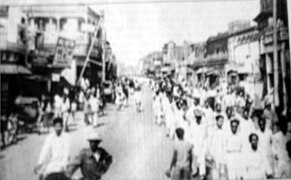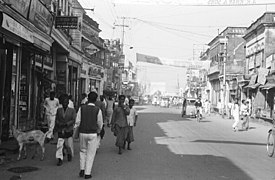
Language Movement Day, also called State Language Day or Language Martyrs' Day, is a national holiday of Bangladesh taking place on 21 February each year and commemorating the Bengali language movement and its martyrs. On this day, people visit Shaheed Minar to pay homage to the movement's martyrs and arrange seminars discussing and promoting Bengali as the state language of Bangladesh.
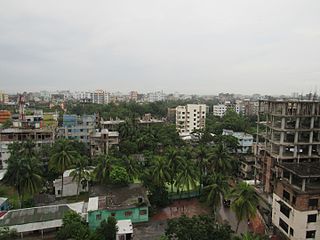
Comilla District, officially known as Cumilla District, is a district of Bangladesh located about 100 kilometres south east of Dhaka. Comilla is bordered by Brahmanbaria and Narayanganj districts to the north, Noakhali and Feni districts to the south, Tripura of India to the east and Munshiganj and Chandpur districts to the west. Comilla district is located in the southeastern part of Bangladesh.

The Bengali language movement was a political movement in former East Bengal advocating the recognition of the Bengali language as an official language of the then-Dominion of Pakistan to allow its use in government affairs, the continuation of its use as a medium of education, its use in media, currency and stamps, and to maintain its writing in the Bengali script.

The Shaheed Minar is a national monument in Dhaka, Bangladesh, established to commemorate those killed during the Bengali Language Movement demonstrations of 1952 in then East Pakistan.

The Bangla Academy is an autonomous institution funded by the Bangladesh government that fosters the Bengali language, literature and culture, works to develop and implement national language policy and to do original research in the Bengali language. Established in 1955, it is located in Burdwan House in Shahbagh, Dhaka, within the grounds of the University of Dhaka and Suhrawardy Udyan. The Bangla Academy hosts the annual Ekushey Book Fair.

The Curzon Hall is a British Raj-era building and home of the Faculty of Sciences at the University of Dhaka, located in Shahbagh.

Dhaka District is a district in central Bangladesh, and is the densest district in the nation. It is a part of the Dhaka Division. Dhaka, the capital of Bangladesh, and rests on the eastern banks of the Buriganga River which flows from the Turag to the southern part of the district. While Dhaka occupies only about a fifth of the area of Dhaka district, it is the economic, political and cultural centre of the district and the country as a whole. Dhaka District consists of Dhaka, Keraniganj, Nababganj, Dohar, Savar and Dhamrai upazila. Dhaka District is an administrative entity, and like many other cities, it does not cover the modern conurbation which is Greater Dhaka, which has spilled into neighbouring districts, nor does the conurbation cover the whole district, as there are rural areas within the district.

Rafiq Uddin Ahmed was a protester killed during the Bengali Language Movement that took place in East Pakistan in 1952. He is considered a martyr in Bangladesh.

Shahbagh is a major neighbourhood and a police precinct or thana in Dhaka, the capital and largest city of Bangladesh. It is also a major public transport hub. It is a junction between two contrasting sections of the city—Old Dhaka and New Dhaka—which lie, respectively, to its south and north. Developed in the 17th century during Mughal rule in Bengal, when Old Dhaka was the provincial capital and a centre of the flourishing muslin industry, it came to neglect and decay in early 19th century. In the mid-19th century, the Shahbagh area was developed as New Dhaka became a provincial centre of the British Raj, ending a century of decline brought on by the passing of Mughal rule.
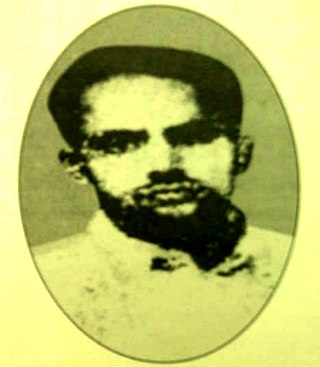
Shafiur Rahman is considered in Bangladesh to be a martyr of the language movement which took place in the former East Pakistan.
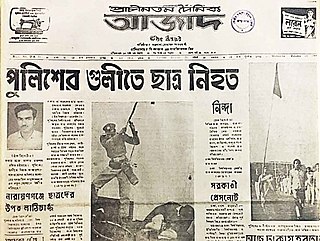
The Azad was a Bengali-language daily newspaper published from 1936 to 1992. The Azad became Dhaka's first daily newspaper. The newspaper, while based in Dhaka, played an important role during the Bengali Language Movement for its advocacy of Bengali.
Abul Kalam Shamsuddin was a journalist, politician and littérateur. He was born at Trishal of Mymensingh.
Khandakar Abdur Rashid, better known as Abdur Rashid Tarkabagish was a Bangladeshi politician and Islamic scholar. His career spans from the anti-colonial independence movement to the establishment of both Pakistan and Bangladesh. Tarkabagish was the second president of the All Pakistan Awami Muslim League, and served as a member of the National Assembly of Pakistan and later the Parliament of Bangladesh. Despite being a member of the treasury bench, he opposed what he considered to be the repressive mentality of the Nurul Amin government towards the Bengali Language Movement.
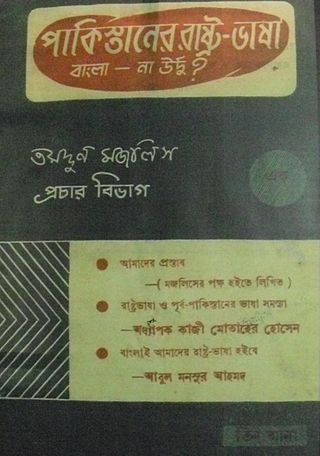
The Tamaddun Majlish, formerly Pakistan Tamaddun Majlish, is an Islamic cultural organization in Bangladesh, established in 1947 by Principal Abul Kashem in the former East Pakistan. It was one of the founding organizations of the Bengali Language Movement.

Mohammad Abul Kashem is generally considered as a pioneer and the architect of the historic Language Movement of Bangladesh. He was also a politician, author and an eminent educationist. He founded the Islamic-oriented Bengali cultural organisation Tamaddun Majlish.

"Ekusher Gaan", more popularly known as "Amar Bhaier Rokte Rangano" is a Bengali song written by Abdul Gaffar Choudhury to mark the Bengali Language Movement in 1952 East Pakistan. It was first published anonymously in the last page of a newspaper with the headline Ekusher Gaan, but was later published in Ekushey's February edition.
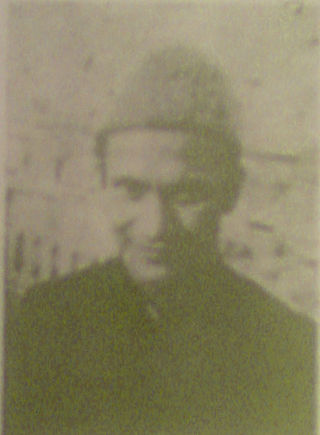
Shamsul Huq (1918–1965) was a Pakistani Bengali politician who led a parliamentary committee in the Constituent Assembly of Pakistan to advocate for the recognition of the Bengali language during the Language movement of the 1950s. He was also the first and third general secretary of the Awami League, which played a key role in Bengali nationalist movement in the 1950s and 1960s.

Tourism in Bangladesh includes tourism to World Heritage Sites, historical monuments, resorts, beaches, picnic spots, forests, tribal people, and wildlife of various species. Activities for tourists include angling, water skiing, river cruising, hiking, rowing, yachting, and sea bathing.

1971 Dhaka University massacre refers to the massacre of students and faculty at the University of Dhaka in East Pakistan by the Pakistan Army, at the beginning of what would become the Bangladesh Liberation War. In March 1971, the Pakistan Army Eastern Wing Commander Tikka Khan launched Operation Searchlight on the orders of dictator Yahya Khan to crush the Bengali nationalist movement. As part of the operation, the army launched an assault on the university campus. It is the deadliest university attack in history.

Laxmi Narayan Mandir is a Hindu temple, devoted to Laxmi, the Hindu Goddess of wealth. It is situated at 31 Nawabpur Road in Dhaka, Bangladesh, in Kotwali Thana. The temple is about 300 years old. It was established in the Bengali year of 1056.

